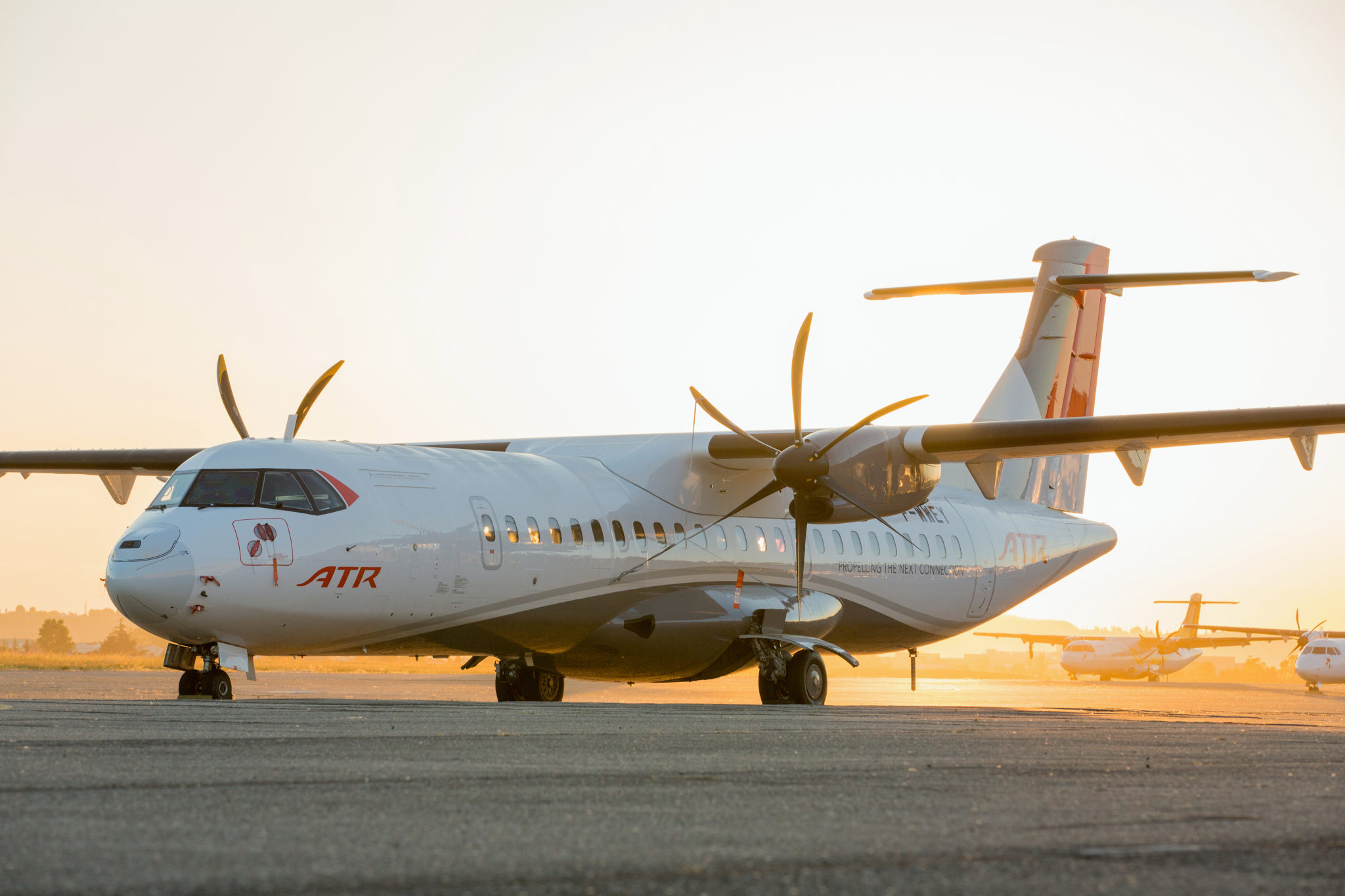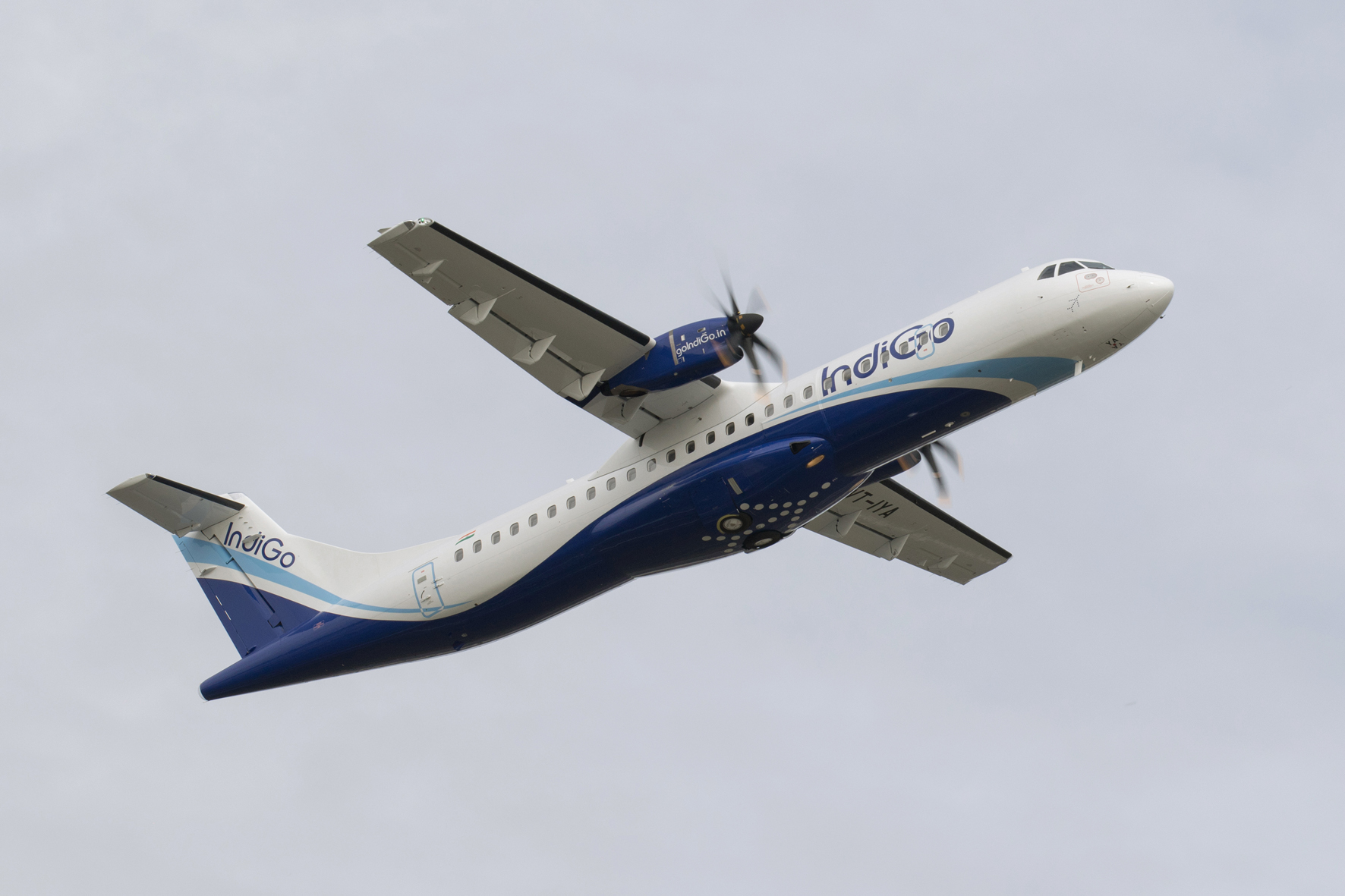ATR 72 Operations and Applications

The ATR 72 is a versatile turboprop aircraft known for its regional operations and ability to serve a wide range of applications. Its ability to operate efficiently from short and unpaved runways makes it a popular choice for airlines, cargo operators, and even governments.
Roles and Applications
The ATR 72’s versatility is reflected in its diverse roles and applications within the aviation industry. Its primary applications include:
- Regional Air Transportation: The ATR 72 is a cornerstone of regional airlines, connecting smaller cities and towns to major hubs. Its ability to operate economically on short routes and its comfortable passenger experience make it ideal for this purpose.
- Cargo Operations: The ATR 72’s spacious cargo hold allows for the efficient transportation of goods, particularly in regions with limited infrastructure. Its ability to access remote areas makes it a valuable asset for cargo operators.
- Government and Special Missions: The ATR 72’s adaptability has led to its use by government agencies for various missions, including surveillance, search and rescue, and medical transport. Its robust design and versatility make it suitable for challenging environments.
- Commuting and Business Aviation: The ATR 72’s fuel efficiency and comfortable cabin have attracted interest from businesses and private individuals seeking cost-effective and convenient air travel options.
Operating Environment and Conditions
The ATR 72 is designed to operate in a variety of environments, including:
- Short and Unpaved Runways: The ATR 72’s high-lift wing design and powerful turboprop engines allow it to operate from short and unpaved runways, making it suitable for remote locations and smaller airports.
- Hot and Humid Climates: The ATR 72’s turboprop engines are known for their reliable performance in hot and humid conditions, making it well-suited for tropical and subtropical regions.
- High-Altitude Operations: The ATR 72’s high-altitude capabilities allow it to operate efficiently in mountainous regions and at high-altitude airports.
Performance Characteristics
The ATR 72’s performance characteristics make it a compelling choice for regional operations:
- Speed: The ATR 72 has a maximum cruising speed of approximately 390 km/h (242 mph), providing a balance between speed and fuel efficiency.
- Range: The ATR 72 has a range of up to 1,500 km (932 miles), enabling it to operate on medium-haul routes without the need for refueling.
- Payload: The ATR 72 can carry up to 72 passengers or a significant amount of cargo, depending on the configuration.
Safety Features and Regulations, Atr 72 plane
Safety is a paramount concern in ATR 72 operations. The aircraft incorporates various safety features and complies with stringent regulations:
- Advanced Avionics: The ATR 72 is equipped with advanced avionics systems, including a glass cockpit, that enhance situational awareness and flight safety.
- Redundant Systems: The aircraft features redundant systems, such as dual hydraulics and backup electrical systems, to ensure safety in case of failures.
- Safety Certifications: The ATR 72 meets the highest safety standards and is certified by aviation authorities worldwide, including the European Aviation Safety Agency (EASA) and the Federal Aviation Administration (FAA).
- Pilot Training and Maintenance: ATR 72 pilots undergo rigorous training programs, and the aircraft is subject to strict maintenance schedules to ensure continued airworthiness.
ATR 72 Market and Industry Impact: Atr 72 Plane

The ATR 72 has become a staple in regional aviation, playing a significant role in shaping the market and impacting both airlines and the communities they serve. This aircraft’s success can be attributed to its fuel efficiency, versatility, and suitability for short-haul routes, which are particularly prevalent in regional air travel.
Market Share and Demand
The ATR 72 has consistently held a dominant position in the regional turboprop market. This dominance is evident in its market share, which has remained consistently high, reflecting strong demand from airlines worldwide.
- As of 2023, the ATR 72 family holds a market share of over 60% in the 70-90 seat turboprop segment, demonstrating its popularity among airlines seeking to operate efficient and reliable regional services.
- The aircraft’s popularity is driven by its ability to operate on short, unpaved runways, making it ideal for serving smaller regional airports, often lacking the infrastructure to accommodate larger jets.
- Furthermore, the ATR 72’s fuel efficiency is a major selling point, particularly in an era of rising fuel prices. Its low operating costs make it a cost-effective option for airlines operating in price-sensitive regional markets.
Economic Impact
The ATR 72 has a substantial economic impact on both airlines and the communities they serve. Its economic benefits extend beyond direct financial gains and encompass broader social and developmental aspects.
- By enabling airlines to operate cost-effective regional services, the ATR 72 fosters increased connectivity and accessibility to remote areas, opening up new opportunities for trade, tourism, and economic development.
- The aircraft’s contribution to regional economies is particularly significant in developing countries, where it often plays a crucial role in connecting communities and fostering economic growth.
- In addition to its direct economic impact, the ATR 72 also generates indirect benefits by supporting local employment in the aviation sector, including maintenance, ground handling, and other related services.
Key Trends and Challenges
The ATR 72 market faces several key trends and challenges that will shape its future. These factors, both positive and negative, will influence the aircraft’s continued success and its role in the evolving regional aviation landscape.
- One of the most significant trends is the growing demand for sustainable aviation, driven by environmental concerns and regulations. The ATR 72’s fuel efficiency and low emissions profile make it well-positioned to meet these demands.
- Another trend is the increasing focus on regional connectivity, with governments and airlines recognizing the importance of connecting smaller communities and fostering regional development. This trend is expected to further boost demand for the ATR 72.
- However, the market also faces challenges, including competition from larger regional jets and the potential impact of rising interest rates on aircraft financing. Airlines may also face challenges in attracting and retaining pilots, particularly in the face of a global pilot shortage.
ATR 72 Performance Comparison
The ATR 72’s performance can be compared to other regional aircraft models to assess its strengths and weaknesses. This comparative analysis highlights its key advantages and areas where it may face competition.
| Aircraft Model | Seating Capacity | Range | Fuel Efficiency | Operating Costs |
|---|---|---|---|---|
| ATR 72-600 | 70-78 | 1,528 km (948 mi) | High | Low |
| De Havilland Dash 8-400 | 78-90 | 1,993 km (1,238 mi) | High | Moderate |
| Embraer ERJ 145 | 50 | 3,704 km (2,300 mi) | Moderate | Moderate |
| Bombardier CRJ200 | 50 | 3,100 km (1,900 mi) | Moderate | Moderate |
The ATR 72 plane, known for its versatility and use in various regions, has often been in the news for both positive and negative reasons. It’s a reminder that even seemingly mundane events, like the schedule of presidential debate dates , can be affected by unforeseen circumstances.
Just as a debate schedule can shift, so too can the trajectory of an aircraft, highlighting the importance of safety and vigilance in all aspects of our lives.
The ATR 72 plane, known for its versatility and use in regional air travel, has been the subject of much scrutiny following recent incidents. As we ponder the safety of these aircraft, it’s important to consider the broader context of public opinion, as reflected in the rasmussen presidential poll.
These polls provide insights into how Americans perceive the government’s response to such incidents, ultimately influencing the future of aviation safety regulations and the ATR 72’s role in the skies.
